Gas prices skyrocket unlike ever before
Junior Sara Norton gets gas at the Kwik Trip in Oak Park Heights on March 23. Gas was $3.99/gallon at this location.
On Feb. 24 at approximately 10 p.m., Russian missiles and airstrikes were sent throughout Ukraine, including the capital Kyiv. As a result of the actions taken by Putin, various countries, including the United States, took action against Russia trying to ban trade.
A few days prior on Feb. 22, President of the United States Joe Biden imposed sanctions on Russia. These sanctions banned various forms of crude oil (petroleum). Because gasoline requires crude oil, gas prices have drastically increased.
“Sanctions are really everything because it is up to each country to choose who they want to trade with and who they do not want to trade with. Depending on who has access to oil, that country is going to have more leverage and global trade because if one country needs something that the other country has and the other country doesn’t want to give it, there’s a problem,” junior Philip Eviston said.
Although Russia is not a huge crude oil producer for the U.S., at 3%, other countries such as Lithuania and Finland, at 83% and 80% respectively, rely significantly on Russia for oil imports. Because the global market for crude oil is a closely-knit community, when one country places sanctions on Russia banning crude oil, other countries can significantly be affected by this change.
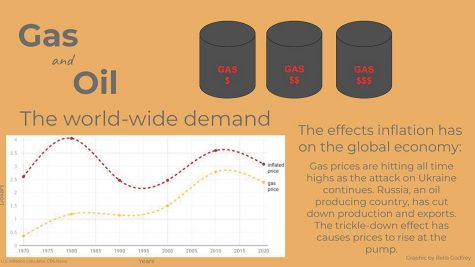
“Russia is one of the top crude oil producers and crude oil turns into gas. Although the U.S. does not rely on Russia that much for crude oil, there are other European countries the U.S. has strong relations with that do,” senior Maxine Osei said.
Another contribution to the rise in gas prices is a change in supply and demand. Over the past two years, gas prices have changed based on COVID numbers. As more people go to restaurants, concerts, work, grocery stores, and more, gas prices increase. However, at the beginning of COVID when restrictions were in place, gas prices were lower than ever before.
Business teacher Deborah Drommerhausen explained how two years ago, when COVID was first discovered, gas in her home town of Wabasha was only $0.99 per gallon. However, Stillwater was approximately $1.82 per gallon.
Prices for gas vary across the United States. Factors that play into the differences across regions are taxes on gas, costs of importing gas to various states and the supply chain.
Although gas prices in Minnesota currently average at $3.91 and $3.99 locally, gas prices in other states are much higher. Business teacher Ben Lattimore explained that gas prices in Southern California are “currently over $5 per gallon.”
To help with the rise in gas prices, many states have cut taxes on gas on Fridays, including Georgia and Maryland. Cutting gas taxes will then help lower gas prices overall in these states.
Drommerhausen explained how gas taxes can have a significant impact on gas prices. Although some states have low gas taxes such as Alaska at 33 cents a gallon, others such as Pennsylvania are as high as 59 cents per gallon.
Senator Sheldon Whitehouse proposed legislation on March 10 to establish a tax on oil corporations. This tax would be applied to companies that produce or import at least 300,000 barrels of oil per day. Companies would be taxed $120 per barrel, totalling approximately $45 billion in revenue that would give a fourth $360 stimulus check to Americans.
“There is a tax he [Biden] would add to the gas stations, like a federal tax to aid the overall gas raising prices,” Eviston said.
As a result of Russia’s invasion of Ukraine, sanctions, fluctuations in COVID numbers and inflation, gas prices are higher than ever before. Although gas prices are still high, they have dropped over the past week. Time will tell what effects this has on the U.S. economy.

My name is Mikai Tasch, and I am a senior. I am the Social Media Editor-in-Chief for the Pony Express Newspaper. Clubs I participate in are Yearbook, Link...


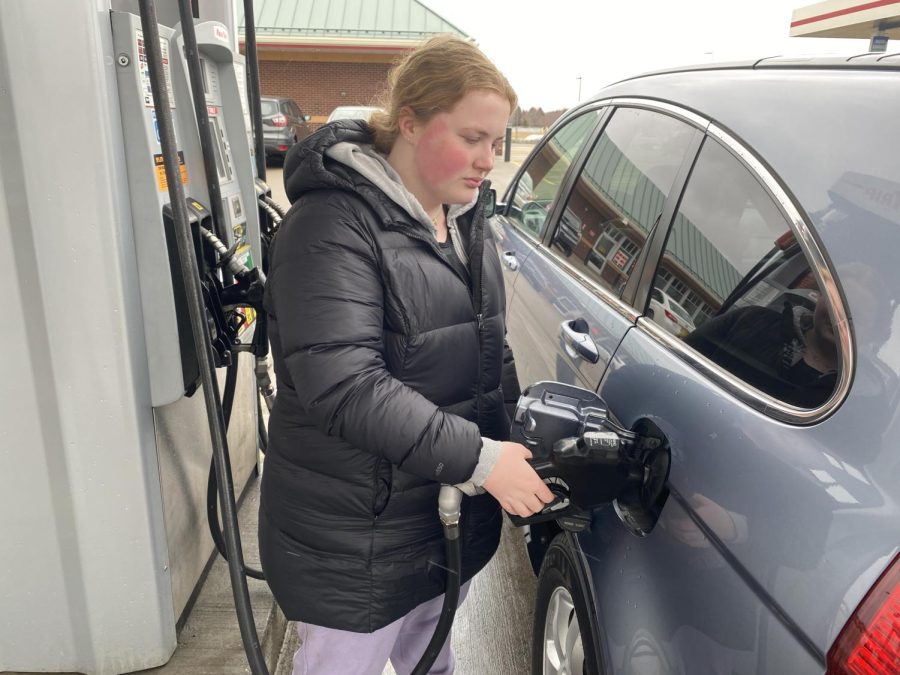
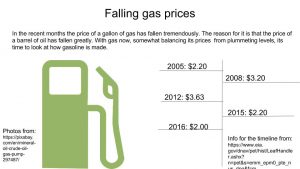
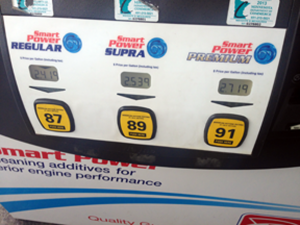
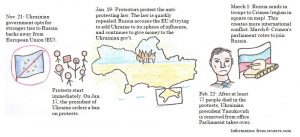





Sophia • May 25, 2022 at 11:38 am
Very informative story with engaging quotes and facts. The story was written from an unbiased perspective, staying neutral and simply reporting facts.
Sumer Harrington • May 16, 2022 at 7:10 am
Your story is very imformative and clearly researched. It’s kept neutral despite the topic which is easy to get pushed and pulled by. It’s well written and very interesting!
Taya Hehn • May 15, 2022 at 9:14 pm
This is a very informational and structured story. It gives a great explanation to the rise of inflation and ties to the war in Ukraine. The lead also creates suspense, and keeps readers hooked. Great job!
Hunter Reardon • May 15, 2022 at 11:15 am
I like how you explained why this is happening. You have a lot of interesting, strong facts and incorporated them in a compelling way. The article is really easy to read and very well written.
Evelyn Biederman • May 11, 2022 at 7:47 am
I really like your lead, it really drew me in to read the story. It’s a very well written article and explains the causes and effects of the situation.
Nissa Wilcox • Apr 28, 2022 at 9:30 am
I like how you explained why the gas prices are so high and the impact the Russia-Ukraine conflict has made on the U.S., you also used strong quotes to further explain the gas prices. Your fact paragraphs showed good research as well.
Charli Burdick-Kitchell • Apr 26, 2022 at 1:46 pm
The article has a lot of interesting facts and really good quotes from people. There is a good composition but wish there was more fluidity in the sentence structures to make it easier to read. I really like the article and how it connects the war overseas to our hometown.
Gabrielle Knowlan • Apr 25, 2022 at 8:00 am
This article was very informative and well-written. The introduction was great and helped hook the reader.
Allie Schlagel • Apr 24, 2022 at 3:46 pm
I like how this article compares multiple countries to prove the gas problem and its significance. I also like how the hook ties in with Ukraine and highlighting why the gas prices are so high.